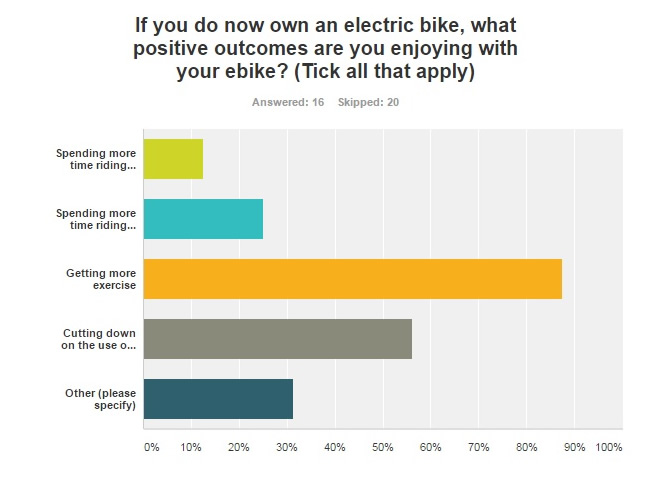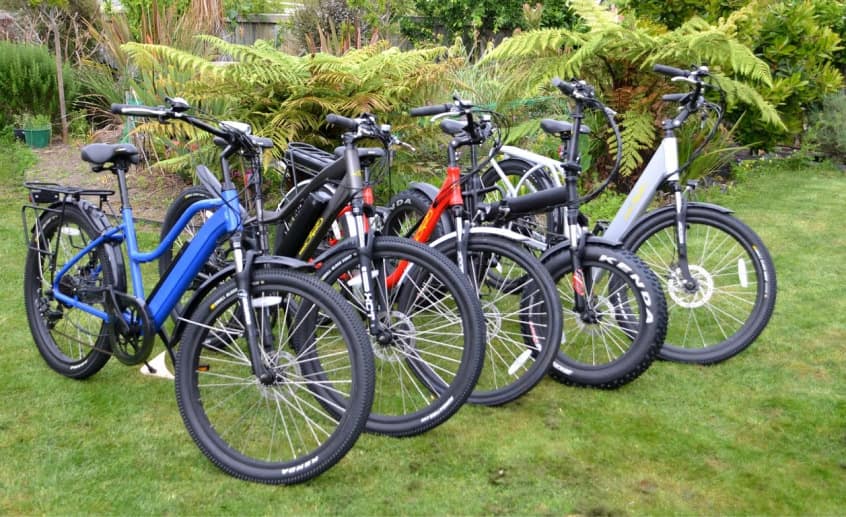Are you an adventurous soul who loves riding your e-bike, even if it’s raining? Do you transport your electric bike on the rack of a car, caravan, or motorhome, sometimes in rainy conditions?
There is no need to worry about your e-bike getting wet. E-bikes can withstand all kinds of weather conditions, including rain. Manufacturers routinely test their bikes to ensure they can handle everyday outdoor exposure. However, it is still important to take some precautions before riding your e-bike in wet conditions.
It’s essential to protect the electrical components of your e-bike from moisture. If you’re riding in the rain, don’t worry; your battery, motor, and electrical wiring connections are all well-sealed. But what if you’re transporting your ebike on the back of your vehicle in rainy conditions?
Most people remove the battery from their e-bike before loading it onto their car, caravan, or motorhome. There are a couple of reasons for this:
- The e-bike is considerably lighter when we remove the battery and hence easier to load onto a rack on the back of a vehicle.
- An electric bike with no battery is difficult to steal.
If you’re transporting an e-bike on the back of a vehicle and the battery has been removed, it’s a good idea to cover the battery housing somehow. There are several different ways of doing this:
- Using a bike cover, such as those available from OCD. A less expensive way of doing this is to use a barbeque cover and bungy cords.
- Getting a battery gaiter like this means wrapping it around the battery housing on your bike when the battery has been removed.
- Get a swimming noodle like this, cut it to length, insert it into your battery cavity, and then use some tape to hold it.
- Wrapping your battery cavity with plastic cling wrap.
Any of these solutions can give adequate protection for your electric system when you’re transporting your electric bike.
What should I do if my E-Bike gets Wet?
Proper maintenance is important on your e-bike after it gets wet. This may include wiping down the bike with a dry cloth to prevent rust, ensuring that all electrical connections are dry and free of debris, and lubricating any exposed metal parts to prevent corrosion.
The chain will need to be cleaned and lubricated. If you bring it in after it’s been wet, it’s a good idea to dry the chain right away instead of waiting. A wet chain will develop surface rust. It won’t require immediate replacement, but it will increase friction when using it, shorten its lifespan, and make it harder to clean later.
Can I Wash my Electric Bike With a Pressure Washer?
No. Your bike is well protected against low-pressure water but does not have high-pressure protection. MeloYelo bikes are protected to the IPX5 standard. A product with a level 5 water resistance rating can survive small water jets projected by a 6.3mm nozzle at any angle. The testing lasts 15 minutes, and the volume of water is 12.5 l/min.
That means no pressure washing the bike or using high-pressure air to dry the bike. Instead, use rags to both clean and dry the bike while using low-pressure water to wash it.
Conclusion
Water and electric systems do not get along well. That said, e-bikes are engineered to be ridden in wet conditions, so there’s no need to be concerned about riding your electric bike in the rain. Situations that should be avoided, however, are:
- Transporting your electric bike in the rain with its battery removed without taking some protective measures, as we have outlined above.
- Use a pressure washer to clean your bike.






